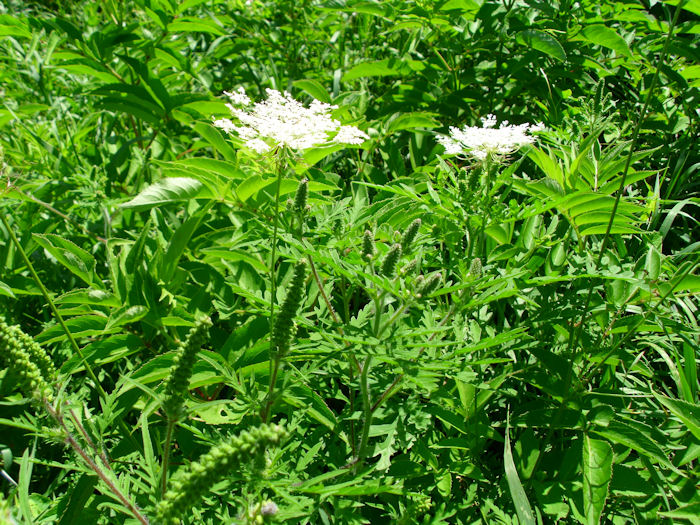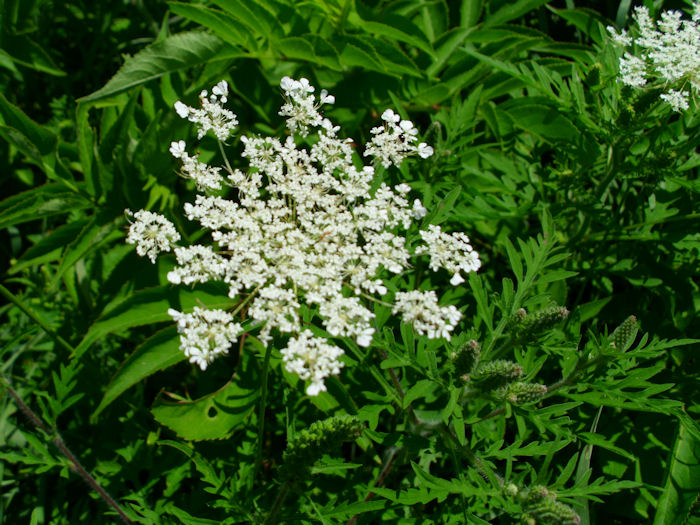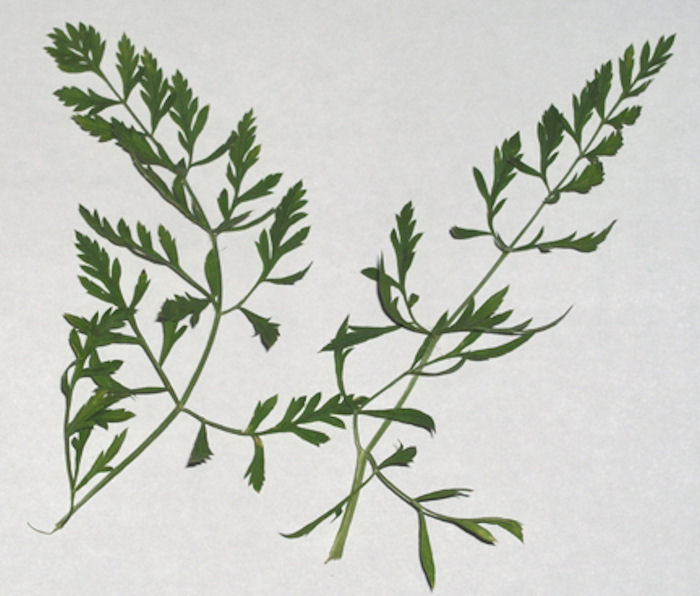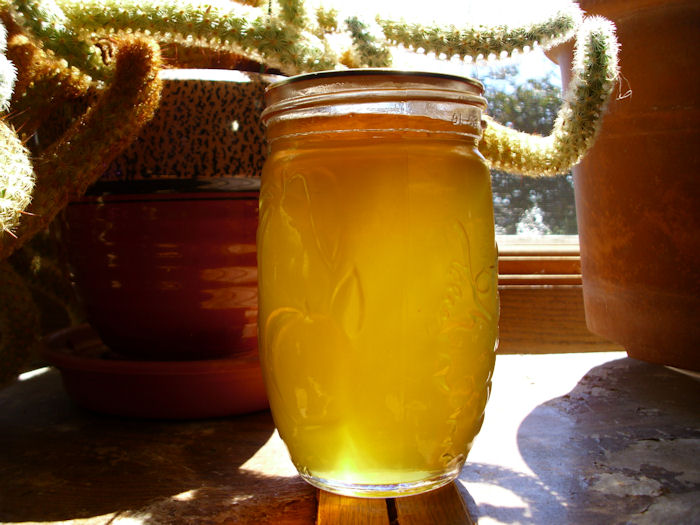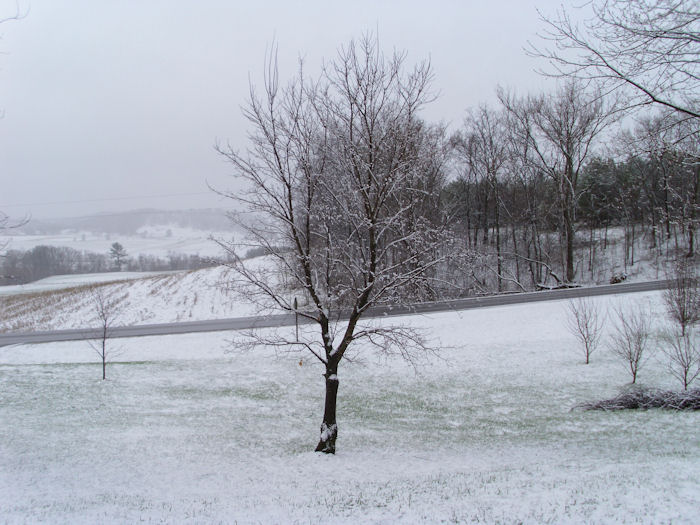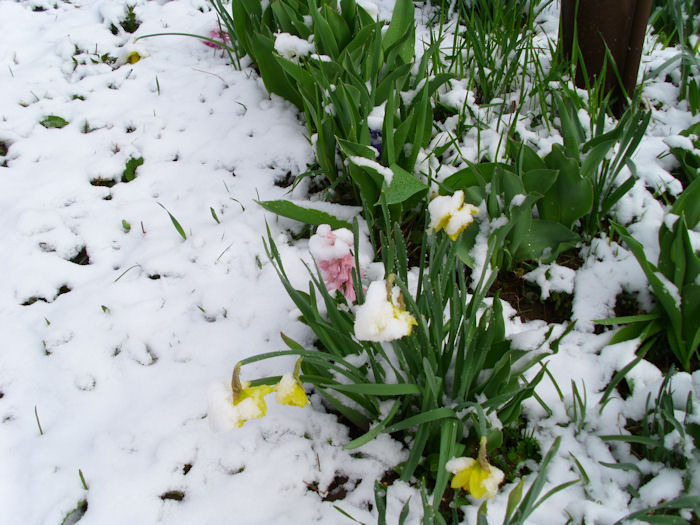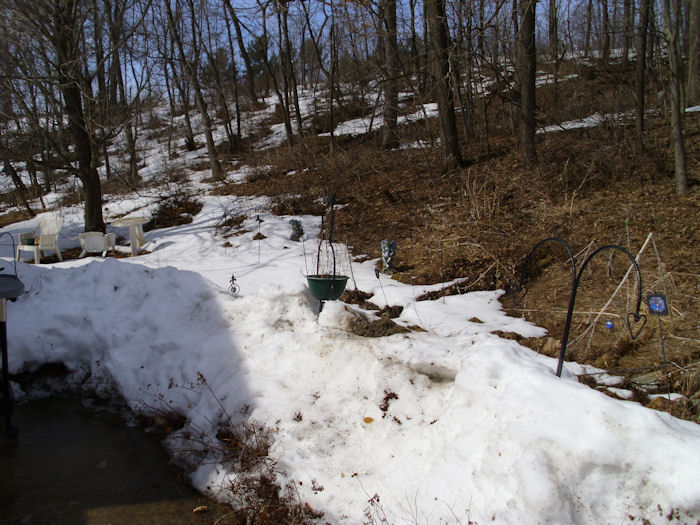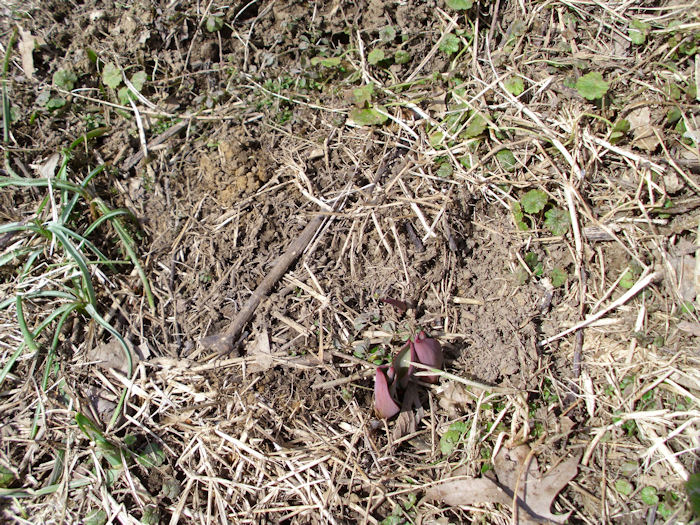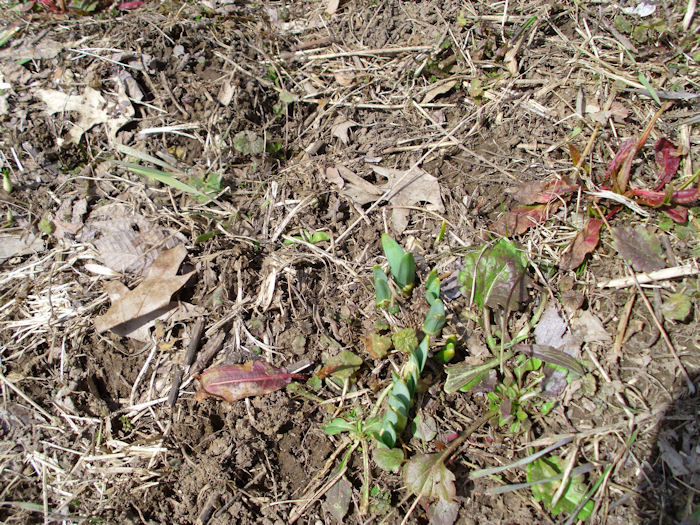Just in case you weren’t aware of it, the USDA has recently changes the hardiness zones for the United States. The hardiness zones help you understand what will grow in your area. Certain plants require warmer temperatures in order to grow and others require cooler temperatures. For example, if you want peaches, you need to be in a warmer zone. Our area has changed from 4B to 4A, which means that some types of trees that I couldn’t grow in the past will likely grow now. You can see an animation of how the hardiness zones have changed on the Arbor Day Foundation site.
Most people would agree that changes of this sort make global warming undeniable. Of course, it’s a misconception to strictly say that the effect is global warming, which is a misnomer. Yes, the planet has warmed up some, but a more correct assessment is that the weather is going to become increasingly chaotic. The point of this post is not to drag you into a discussion of precisely how global warming will affect the planet, what generalizations we can make about it, whether our scientists can define any long term trends about it, or anything of that sort. I’ll leave the discussion of how much man has contributed toward global warming to those with the credentials to make such statements. The point is that last year I was in Zone 4B and now I’m in Zone 4A. The long term weather changes have finally appeared in the form of new charts from the USDA, which after all, are only predictive and not infallible indicators of anything.
There are some practical considerations in all this and that’s what you need to think about when reading this post. The change in weather patterns means that you need to rethink your garden a bit. Not only do you need to consider the change in heat (the main emphasis of those hardiness zone charts), but also differences in moisture and even the effect on clouds. Little things are going to change as well. For example, have you considered the effect of increased lightning on the nitrogen levels in your soil? If not, you really should think about it. The weird science bandied about by those in the know has practical implications for those of us who raise food to eat after all.
Even if you aren’t into gardening at a very deep level, the changes in the hardiness zone chart has one practical implication that no one can escape. The literature on the back of those seed packets you buy from the store is going to be incorrect for this year as a minimum. The changes from the USDA came out after the seed packets were already printed. When everything else is said and done, the main reason for my post today is to help you understand that you can’t believe the seed package—at least, you can’t believe it this year. By next year the seed companies will have recovered and the documentation on your seed packets will be useful again.
Springtime is approaching. If you live anywhere near my area of the country, it seems as if we’re going to have an early spring indeed. I don’t normally need to trim the trees in the orchard until the end of March. This year I’ll trim my trees on March 1st, a lot earlier than normal and even then, I might be trimming a bit late. A few people in our area have already seen budding trees. So, if you’re used to waiting until April or May before you get out very much, it may be a good idea to take a walk around your property now to see if there are any changes that you need to know about.
Global warming is a reality. The effects it will have on your garden and orchard are also a reality. Just what those effects are and precisely what has caused them are still being debated by those in the know, but if you’re a gardener, you need to be aware that the garden you had last year may not work this year. Let me know about the global warning-related changes in your garden at [email protected].

